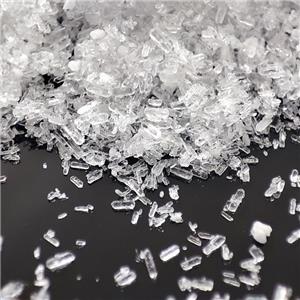Do you know the four "degrees" of talc powder?-1
When choosing talc powder, you should focus on the "four degrees" of talc: purity, whiteness, flakeness and fineness. These four factors are the basic indicators for evaluating the quality of talc powder. It is difficult to comprehensively judge the quality of talc based on a single indicator. For example, there is considerable controversy over the way to evaluate the quality of talc powder based solely on average particle size.
purity
The purity of Plastic Grade Talcum Powder refers to the content of its talc component. Natural talc often contains certain impurities, and it is difficult to achieve 100% purity in industrial production. However, the higher the purity of the talc, the more significant its reinforcing effect will be. Impurities in talc not only reduce purity but also have a significant impact on the properties of the final plastic product. For example, carbonates, iron and heavy metals can adversely affect the aging resistance and thermal stability of plastics, while chlorite content has a smaller impact on these properties.

Chinese white talc usually belongs to the carbonate-talc type, so carbonate should be removed as much as possible during the beneficiation process, and talc raw materials with low iron and low heavy metal content should be selected for the production of Plastic Grade Talcum Powder. The talc raw materials produced by the main talc deposits in Liaoning, Shandong and Guangxi have high purity. After manual selection, the purity can reach 96%-98%, which is very suitable as a raw material for modified plastics. However, even in the same region, the contents of carbonates, iron and heavy metals in talc products from different manufacturers vary greatly. At present, this type of high-purity Plastic Grade Talcum Powder is mainly used for export, and domestic demand is relatively small.
The talc content of talc powder in the domestic market varies greatly, usually fluctuating between 20% and 98%. Products with lower talc content have higher contents of carbonates, iron and heavy metals, resulting in plastic products with poor aging resistance and thermal stability, limited reinforcing effects and only functioning as ordinary fillers. For the identification of talc purity, scientific research recommends using XRD + phase analysis, with an error within 5%; in production, the purity is usually estimated by detecting loss on ignition (except for chlorite-talc type). Generally speaking, products with a loss on ignition of less than 8.0% are more suitable for plastic reinforced fillers, while a loss on ignition of less than 6.5% is more ideal.




